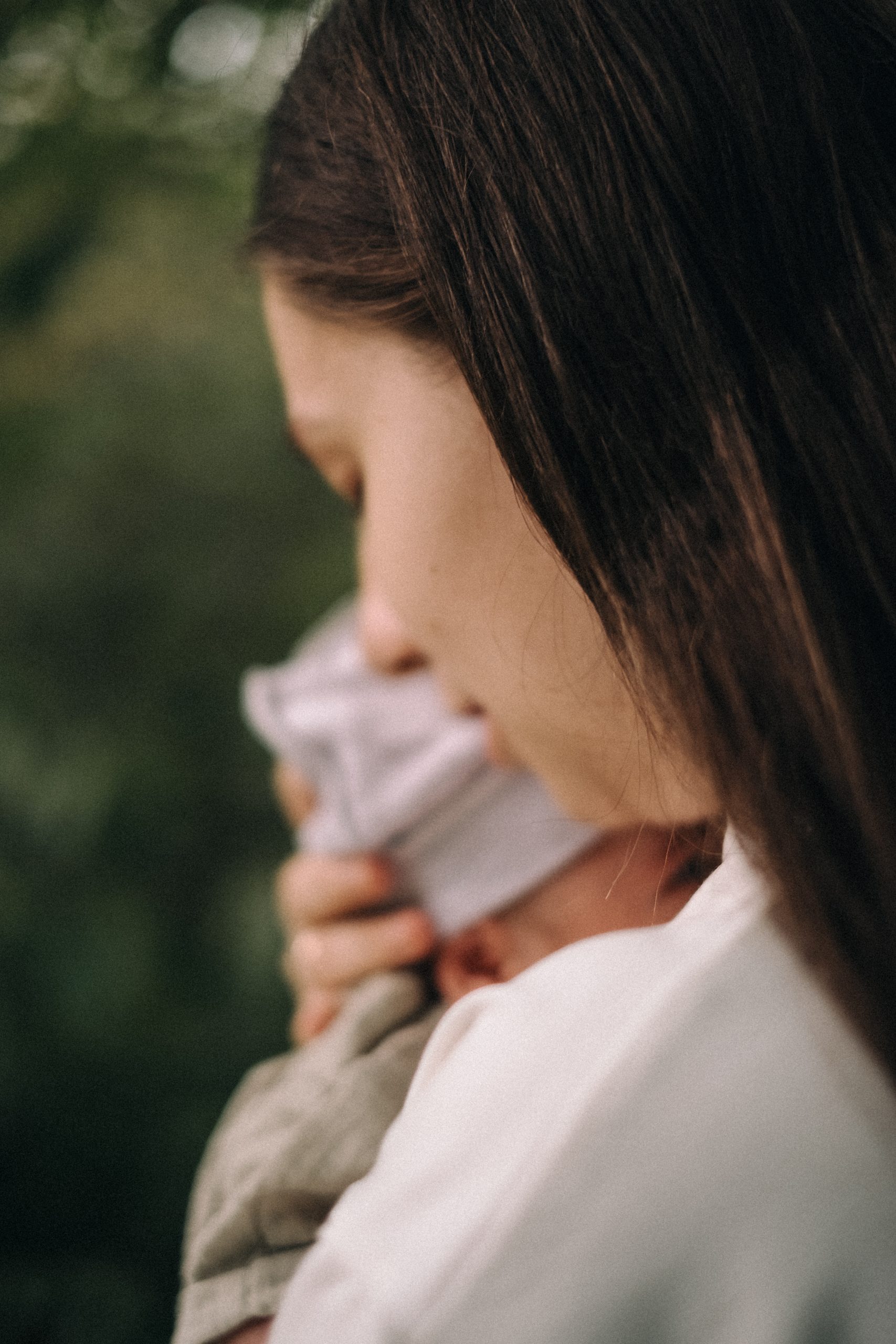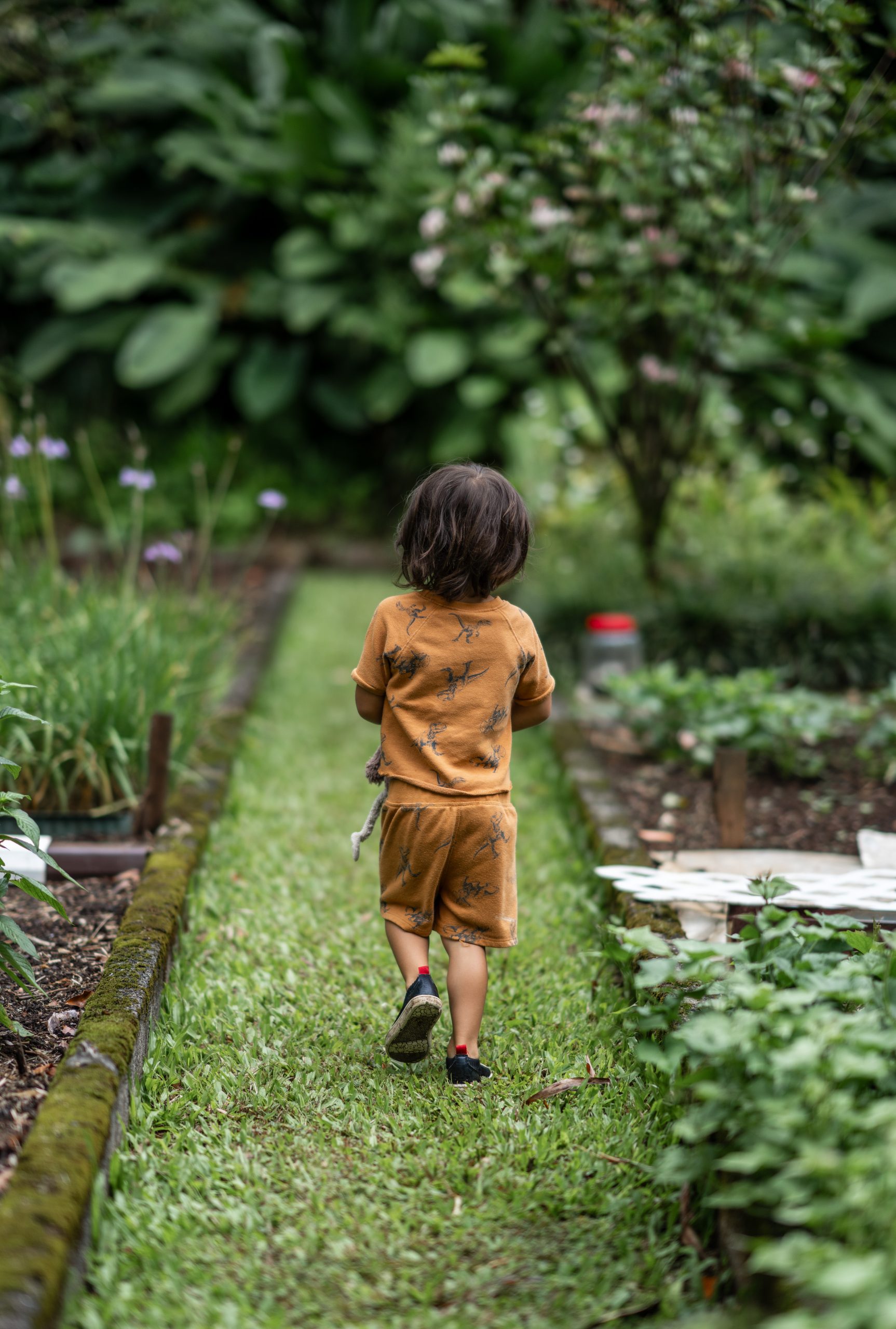When going through a divorce, the topic of child custody is often one of the most sensitive and emotionally charged aspects. It is essential to understand the legal implications and considerations surrounding child custody. In this article, we will delve into the complexities of child custody in divorce cases, addressing common concerns and offering guidance to help you navigate this challenging process. Our aim is to provide you with reassurance, important information, and emotional support. Whether you are a parent seeking custody or concerned about visitation rights, our experienced attorneys are here to assist you every step of the way. Contact us today to schedule a consultation and take the next step towards resolving child custody matters effectively.

Understanding Child Custody
Child custody refers to the legal and practical arrangements made for the care and upbringing of a child when their parents are divorced or separated. It involves determining who will have the right to make important decisions regarding the child’s welfare and where the child will live. Child custody cases can be emotionally challenging, and it is important to understand the different types of custody, the factors considered in such cases, and the rights and responsibilities of each parent.
Legal and Physical Custody
Legal custody and physical custody are two key aspects of child custody that are often determined separately. Legal custody refers to the right to make important decisions about the child’s upbringing, including their education, healthcare, religious upbringing, and other major life decisions. Physical custody, on the other hand, refers to where the child will physically live and spend their time.
The court may determine that both parents should share legal custody, giving them equal decision-making power. However, physical custody may be granted to one parent, who becomes the primary custodial parent, while the other parent may have visitation rights. It is important to understand the difference between legal and physical custody, as it can greatly impact the rights and responsibilities of each parent.
Sole Custody
Sole custody is a type of custody arrangement where one parent is granted the exclusive right to make decisions about the child’s upbringing and is responsible for their physical care. In sole custody, one parent has primary physical custody of the child, and the other parent may have limited or supervised visitation rights. This type of custody arrangement is typically awarded if the court determines that it is in the child’s best interests or if one parent is deemed unfit or unable to adequately care for the child.
There are both advantages and disadvantages to sole custody. One advantage is that it provides stability for the child, as they have one primary caregiver responsible for their needs and decisions. However, the disadvantage is that it can limit the involvement of the other parent in the child’s life, which may not be in the child’s best interests. Factors such as the parent’s ability to provide a stable and nurturing environment, the relationship between the child and each parent, and any history of abuse or neglect may be considered when determining sole custody.
Joint Custody
Joint custody is a custody arrangement where both parents share legal custody and may also share physical custody of the child. In joint custody, both parents have an equal say in important decisions affecting the child’s upbringing, and the child spends significant time with both parents. This type of custody arrangement aims to provide the child with a sense of stability, consistency, and involvement from both parents.
There are advantages to joint custody, such as promoting a healthy and ongoing relationship between the child and both parents. It allows both parents to be actively involved in the child’s life and decisions, which can have positive long-term effects on the child’s well-being. However, joint custody requires effective communication and cooperation between the parents, which may be challenging in high-conflict situations. Factors such as the willingness and ability of the parents to cooperate, the proximity of their residences, and the child’s relationship with each parent may be considered when determining joint custody.
Visitation Rights
Visitation rights refer to the non-custodial parent’s right to spend time with the child when they are not in their care. It is important for children to maintain a relationship with both parents even if they do not have physical custody. Visitation arrangements can take various forms, such as scheduled visits on weekends, holidays, and school breaks, or even supervised visitation when necessary to ensure the child’s safety.
Visitation rights are determined based on the best interests of the child and various factors, such as the parent’s ability to provide a safe environment, the child’s relationship with each parent, and any history of abuse or neglect. It is essential to understand the importance of visitation rights in maintaining the child’s bond with both parents and creating a sense of stability and emotional well-being for the child.
Parenting Plans
A parenting plan is a written agreement that outlines how parents will share the rights, responsibilities, and time with their child after separation or divorce. It provides a framework for co-parenting and helps establish clear expectations and guidelines for both parents. The purpose of a parenting plan is to ensure that the child’s best interests are met and that both parents have a roadmap for making decisions and resolving disputes regarding the child.
A comprehensive parenting plan typically includes elements such as a schedule for physical custody and visitation, details about decision-making authority and responsibilities, methods for resolving conflicts, guidelines for communication between parents, and provisions for the child’s education, healthcare, and extracurricular activities. Creating a well-thought-out parenting plan is essential in ensuring the child’s well-being and minimizing potential conflicts between parents.

Modifying Child Custody Orders
Child custody orders can be modified in certain circumstances if there is a significant change in circumstances or if it is in the child’s best interests. Common reasons for seeking a modification include a change in a parent’s living situation, substance abuse issues, relocation, or concerns about the child’s safety or well-being. However, courts generally prefer stability and continuity for the child, so modifications are not granted lightly.
To modify a child custody order, the parent requesting the modification must initiate a legal process, which typically involves filing a motion with the court and providing evidence to support the requested changes. The court will consider factors such as the child’s best interests, the reasons for the modification, the child’s relationship with each parent, and any other relevant information to determine whether a modification is warranted.
Child Custody and Domestic Violence
Domestic violence can have a significant impact on child custody cases. The court’s primary concern in such cases is the safety and well-being of the child. If there is a history of domestic violence or if a parent is found to pose a risk to the child’s safety, the court may limit or restrict the abusive parent’s access to the child or even deny them custody entirely.
It is crucial to prioritize the child’s safety and protect them from an abusive parent. If you have concerns about domestic violence, seek legal advice to understand your rights and options for protecting yourself and your child. Legal remedies such as obtaining a protective order or restraining order may be available.

Parental Alienation
Parental alienation refers to a situation where one parent engages in behaviors that intentionally or unintentionally damage the child’s relationship with the other parent. This can include making disparaging remarks about the other parent, interfering with visitation or communication, or undermining the child’s trust and affection towards the other parent. Parental alienation can have long-lasting negative effects on the child’s emotional well-being and their relationship with both parents.
It is important to recognize the signs of parental alienation, such as the child expressing negative or unfounded beliefs about a parent, exhibiting fear or anxiety towards a parent, or resisting visitation or communication with a parent. Addressing parental alienation in child custody cases may require professional intervention, such as therapy or counseling for the child and family, and legal measures to protect the child’s relationship with both parents.
Frequently Asked Questions
-
What factors do courts consider in determining child custody? Courts consider various factors when determining child custody, including the child’s age and needs, the physical and mental health of the parents, the ability of each parent to provide a stable environment, the child’s relationship with each parent, any history of abuse or neglect, and the parents’ ability to cooperate and communicate effectively.
-
Can grandparents get custody of a child? In certain circumstances, grandparents may be granted custody of a child if it is deemed to be in the child’s best interests. This may occur if both parents are unfit or unable to adequately care for the child or if there is a history of abuse or neglect. However, the specific laws and requirements for grandparent custody vary by jurisdiction.
-
What is the role of a guardian ad litem in child custody cases? A guardian ad litem is a neutral third party appointed by the court to represent the child’s best interests in a child custody case. They typically conduct an investigation, gather information, and make recommendations to the court regarding custody and visitation arrangements. The guardian ad litem’s role is to advocate for the child and ensure that their needs and well-being are protected during the legal process.